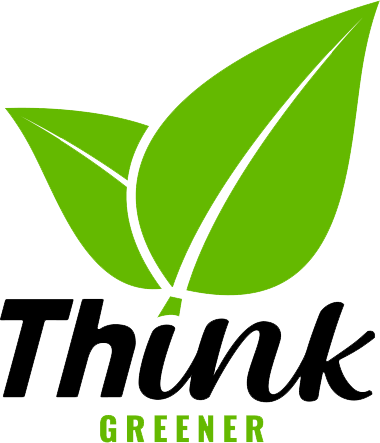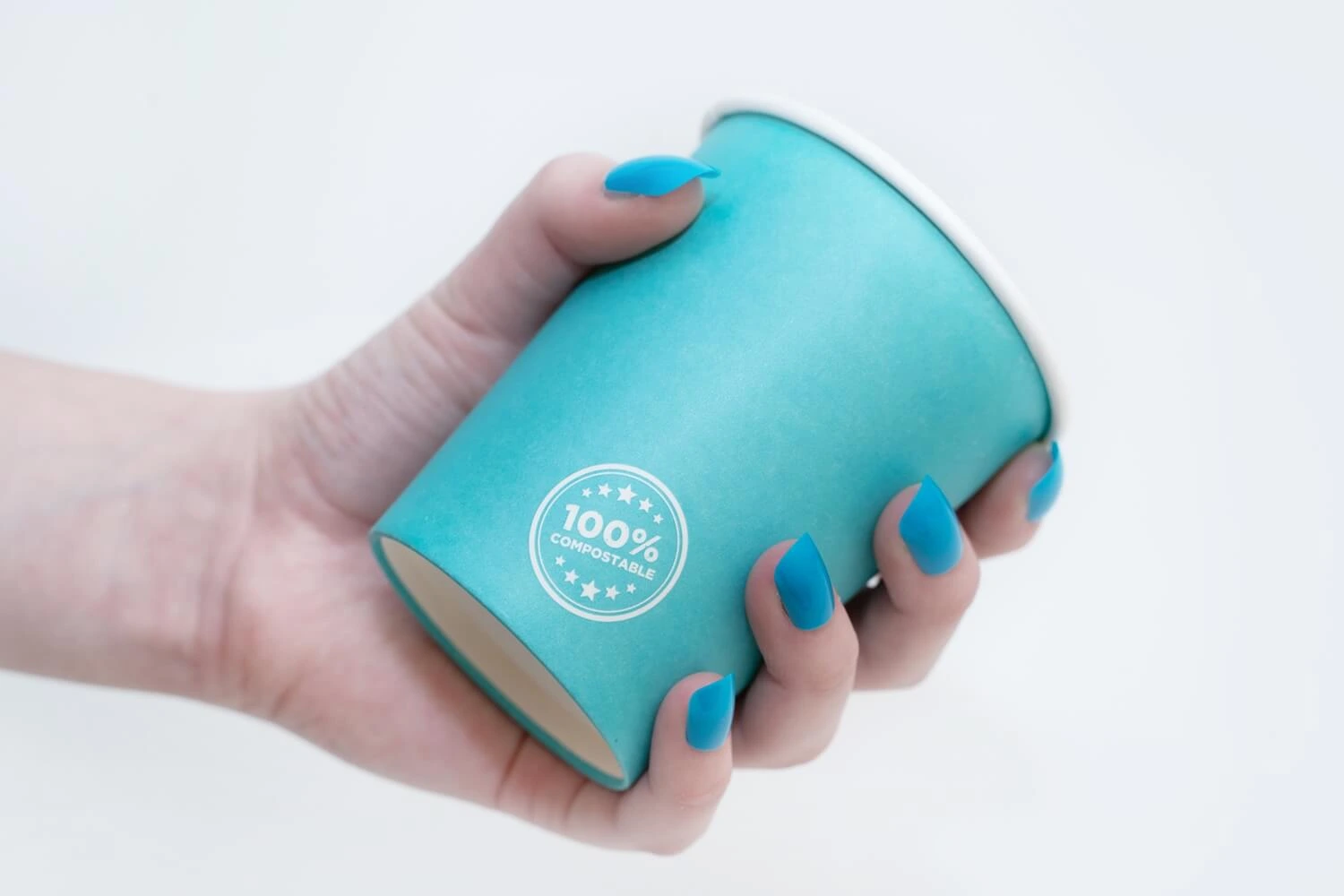Let’s start with the bad news – Traditional plastic-coated disposable cups are terrible for the planet. Estimates vary about how many are used each year, but the figure is going to lie somewhere between two recent estimates of 2.5 billion and 5 billion.
Another statistic that emphasises the point is the fact that in Ireland alone, we use 22,000 disposable coffee cups every hour of every day, this is according to a Government-funded study from 2018. This equates to over half a million cups each day.
This is an unsustainable use of precious resources and an absolute nightmare when it comes to safe disposal and recycling.
The major problem lies in the construction of disposable cups, most of them are plastic-lined, and when it comes to recycling, this makes it extremely difficult.
However, there is good news, for as we enter 2022, the future for retailers wanting to offer the consumer a truly compostable and sustainable option is brighter – Namely, disposable cups that have replaced all plastics with a water-based aqueous coating which makes recycling easy and means they can even be tossed in a home compost bin.
These cups are a major step forward as we move away from single-use plastics, and for the retailer switching to them is a no-brainer, as this post describes.
The Problem with Disposable Coffee Cups
As mentioned earlier, the mix of paper and plastic in most disposable cups makes them incredibly difficult to recycle. This isn’t a trivial point, indeed, they are so difficult to recycle that over 99% of them are destined to never see the inside of a recycling plant.
The paper and plastic problem means that only specialised recycling facilities can cope with the demands of this mix of materials. Currently, there are only a handful of such plants in the UK and Ireland.
This is not good news for the planet!
With our landfill sites already overflowing and the oceans already heavy with plastic pollutants, we need to take action and fast. To try and address the problem, many of the big-name retailers and smaller coffee shops are now supplying in-shop recycling bins for the cups.
But this is only scratching the surface. For one, it relies on people to dispose of their cups in-store, but that kind of negates the point of using disposable cups in the first place. Secondly, in the best-case scenario, this measure will still only tackle a fraction of a percentage point of the problem, this is simply a case of too little, too late.
Finally, the logistics of transporting the cups to suitable recycling facilities and the resources used in getting them there, not to mention the equally resource-hungry recycling process, makes the whole process close to pointless.
Not all compostable cups are what they seem
One solution is to switch to cups that use plant-based plastics in their construction. These claim to be a compostable and biodegradable solution to the problem, and while there is little doubt they are a better option, they still have many of the inherent problems associated with plastics.
The problem is that plastic is still plastic. Polylactic acid (PLA) plastics are the material normally associated with this type of compostable cup, and while they are a compostable solution, there are still major drawbacks with the material.
Firstly, unlike aqueous coating, PLA coated cups need to be composted in commercial composting facilities where they are required to be subjected to heats of 60° C and above to activate the composting process. Once again, facilities that can perform this process are limited.
By comparison, aqueous coated cups will break down in a home compost bin in roughly the same time as a sheet of newspaper will.
What this means is that many PLA cups will inevitably join their plastic brethren in landfill sites. The problem is accentuated by consumer confusion which inevitably results in this type of cup being tossed in the wrong recycling bin.
Finally, PLA is still a plastic, no matter what base material is used to manufacture it, and while it does break down slightly faster than other plastics, it will still be hanging around in landfills, oceans, and our countryside for years to come.
The Solution – Switch to Branded Disposable Cups with an Aqueous Coating
This all sounds rather bleak, but there is a perfect, cost-effective, and completely sustainable solution.
Cups that use an aqueous coating instead of plastics come with none of the drawbacks associated with plastic-coated cups of any type. Disposal is easy, simply toss them in any paper-recycling bin for easy recycling or in the home compost bin where they will break down harmlessly within a few weeks.
At Think Greener, we take it a step further. All our materials are sourced from sustainably forested trees, the inks used in our branding are all food-safe and also break down harmlessly and quickly, and even our lids contain no plastics.
For the retailer, switching to a branded compostable cup solution is not only a step forward in reducing the use of plastics but can also be great for business. A branded cup that tells consumers that your business cares about the planet builds customer trust and retention. Also, with growing consumer concern about the state of the planet, compostable paper cups can give retailers a big edge over the competition.
Conclusion
By the time you have read this article (3 minutes on average), another 1200 disposable cups or so will have been dispensed in Ireland alone. Scale this up to the whole world, and the figure is closer to 2,850,000.
This is entirely unnecessary wastage and a huge burden on the planet and its finite resources.
The solution is simple. At Think Greener, we believe our 100% compostable and brandable disposable cups, cup lids and ice cream cups are not just a perfect solution for protecting the planet but are also great for forwarding thinking businesses wanting to do their bit whilst benefiting their business at the same time.
Why not contact us today. Together we can make the planet a better place to live.

